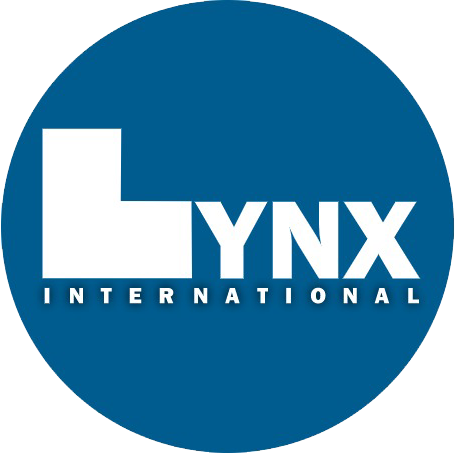VoIP communication services are advanced communication technologies that enable the integration of telephony platforms with business analytics tools
VoIP is an acronym that stands for Voice over IP, in Italian “Voice over Internet Protocol,” denoting the technology that makes it possible to have a telephone conversation using data connection and IP (Internet Protocol). This technology, exploiting precisely the network resources now based on fast Internet connections, makes it possible to overcome all the technical and cost limitations of traditional analog telephony.
The integration of a VoIP infrastructure into CRM platforms such as example Lynx International’s CEM Plus, for, enable the optimization of all management flows by improving customer contact performance. Benefiting from this is the entire business organization cycle, with new operational possibilities unthinkable with traditional analog systems, such as the possibility of being able to convey phone calls directly from the customer registry, the recording of call history by duration and frequency, and the integration of the telephone with the computer with the consequent centralization of the appointment book and address books.
Choosing to integrate VoIP telephone switchboard with CRM systems enables careful business analysis, allowing the quality of the contribution of telephone contact to the customer to be monitored throughout the entire business management process. By evaluating the correlation between inbound/outbound call logs versus the sales process, statistics can be generated focusing on the goal of maximizing marketing activities.
The 3CX VoIP solution proposed by Lynx International allows automotive dealerships not only to cut communication management costs, but to monitor the effective contribution of the telephone channel to business productivity in a centralized manner and integrated into the system CEM Plus or with third-party CRMs. With the 3CX VoIP platform it is possible to use different types of devices, both desktop and mobile, offering important advantages in mobility and versatility that allow calls to be routed to the right caller wherever he or she may be, thus preventing the customer from being routed between different operators before getting assistance, thus improving the customer experience and increasing the company’s perception of professionalism.




